
As we plan the new year ahead of us, we recognize the historic achievements of Mount Sinai and honor the tremendous work undertaken by the Icahn School of Medicine and the Health System. You will notice that there are fewer references to our deep history in this year’s milestones because we have grown at a super exponential rate in the past 25 years. This year, we’re celebrating the following events…
1850 (175 years ago)
St. Luke’s Hospital Board filed incorporation paperwork, and the charter for the hospital was signed.
David Kearny McDonogh, MD, born into slavery, was the first Black American Ophthalmologist. He changed his middle name in honor of his mentor, John Kearny Rodgers, MD (founder of the New York Eye Infirmary, now the New York Eye and Ear Infirmary of Mount Sinai, with Edward Delafield, MD). They worked together for 11 years at the New York Eye Infirmary.
New York Eye and Ear Infirmary depicted decades later in Frank Leslie’s Illustrated, 1875
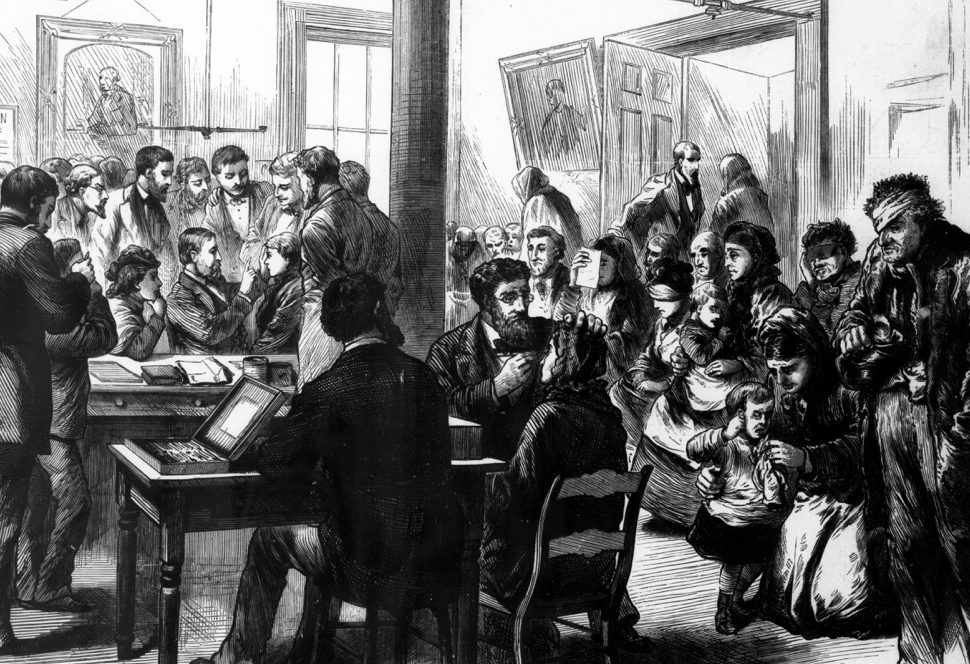
1875 (150 years ago)
The Mount Sinai Hospital’s formal Outpatient Dispensary Staff was established with Mary Putnam Jacobi, MD, heading the Children’s Clinic and Paul F. Mundé, MD, leading the Gynecology Clinic. Medicine and Surgery also created separate outpatient clinics.
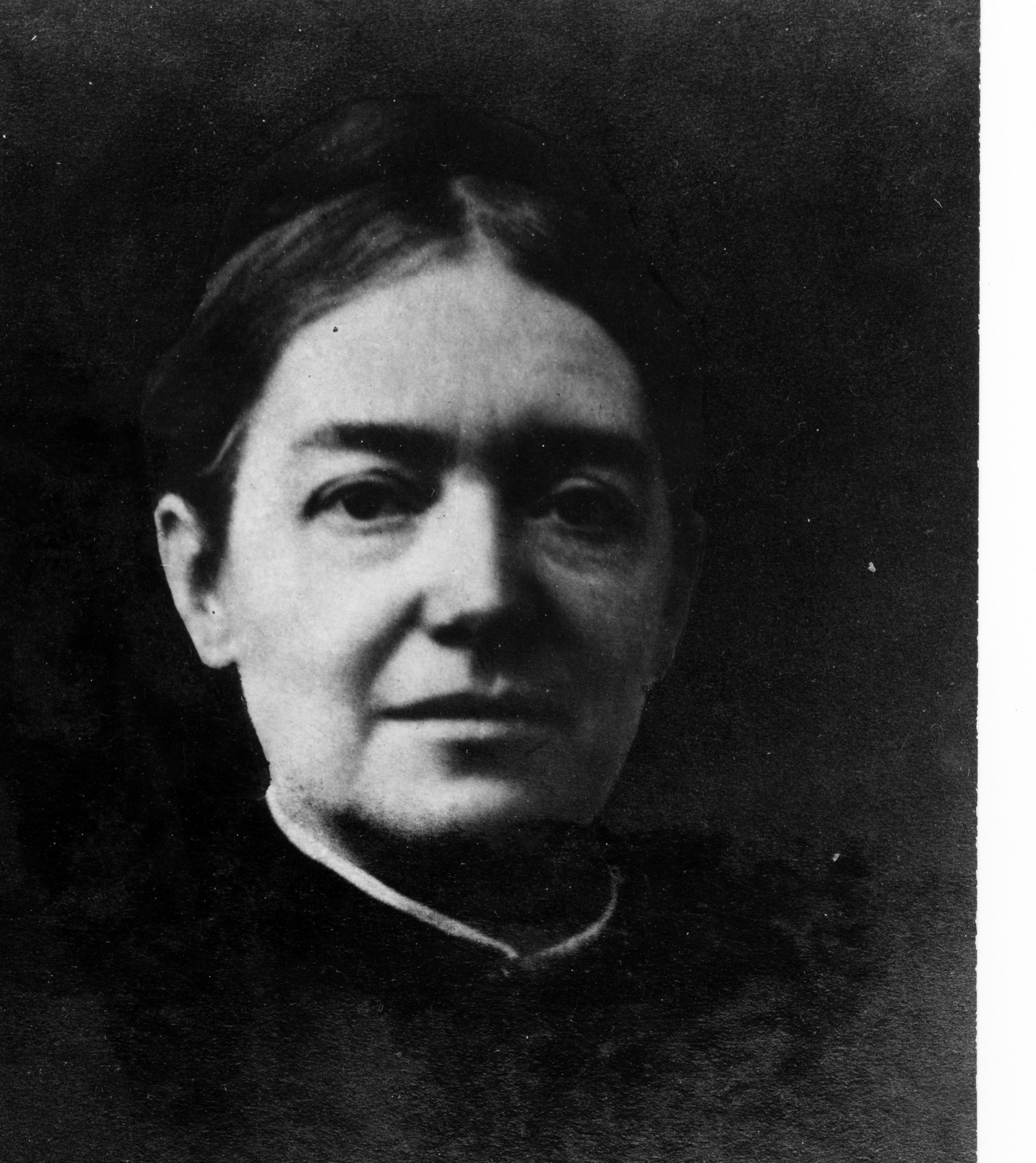
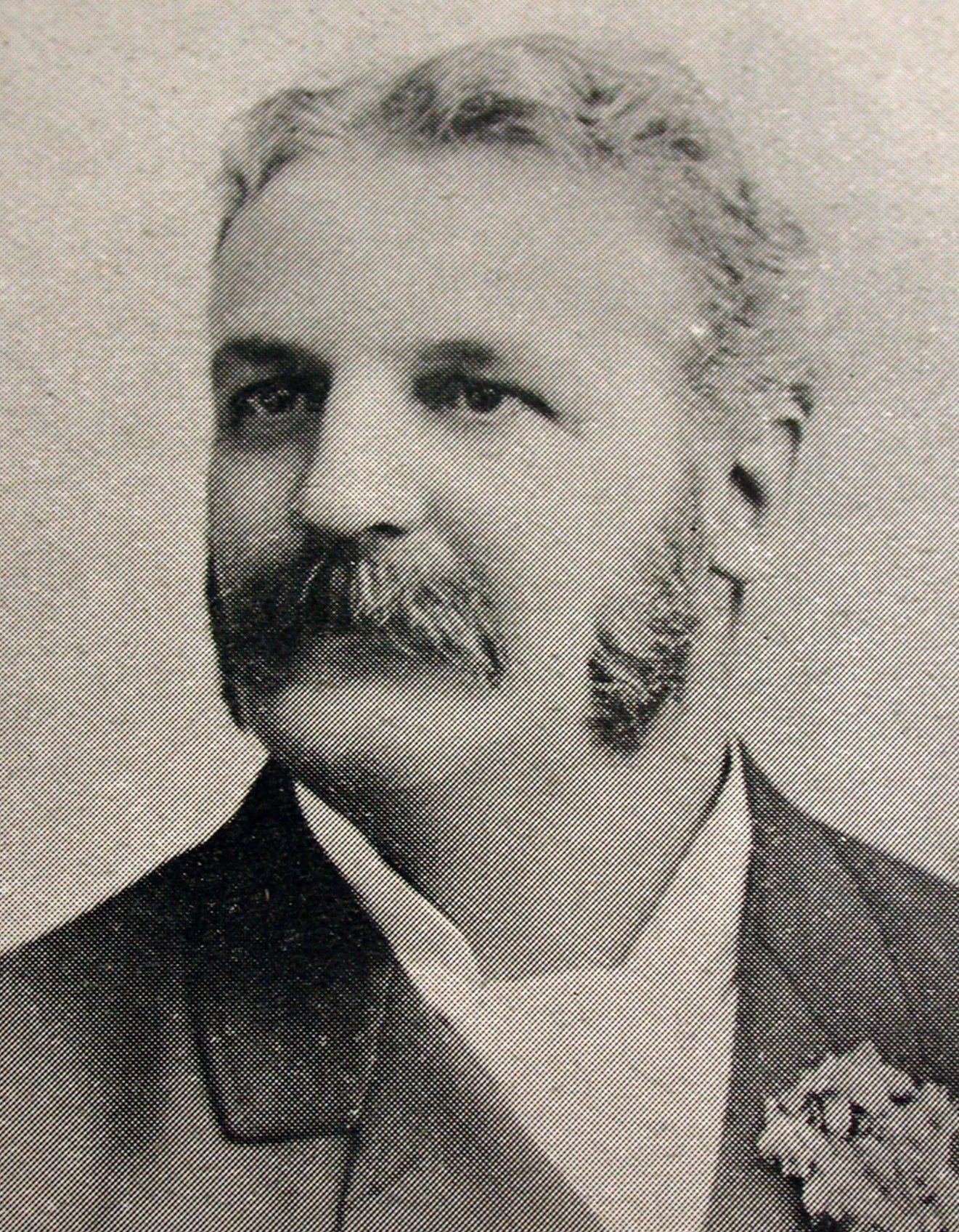
1900 (125 years ago)
The Mount Sinai Hospital Dermatology Service was created under Sigismund Lustgarten, MD.
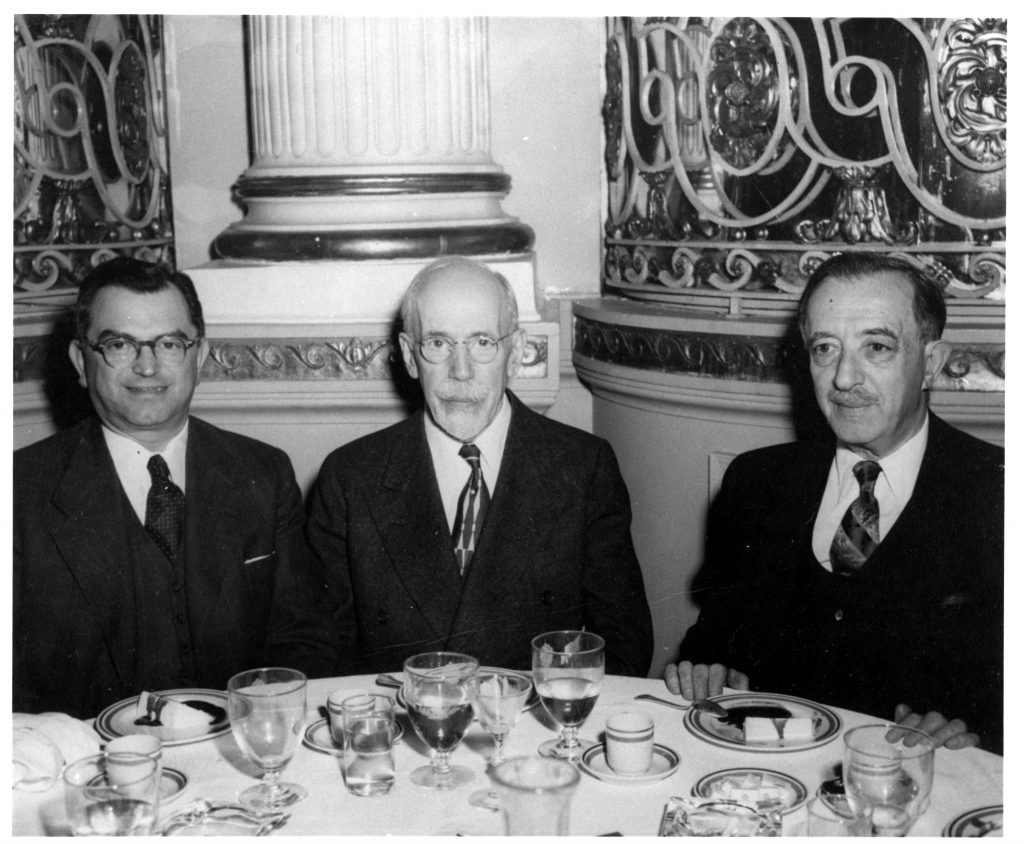
The Mount Sinai Hospital established the first Neurological Service in a New York hospital.
Early Neurology Chiefs (left to right): Morris Bender, MD (1951-1974), Bernard Sachs, MD (1900-1924), and Israel Wechsler, MD (1938-1950)
The Mount Sinai Hospital purchased its first X-ray machine, which was placed in the corner of a synagogue.
Gold medal awarded to The Mount Sinai Hospital Training School for Nurses (later renamed The Mount Sinai Hospital School of Nursing in 1923) at the Paris Universal Exposition, for excellence.
Graduate pin, circa 1890s to 1922
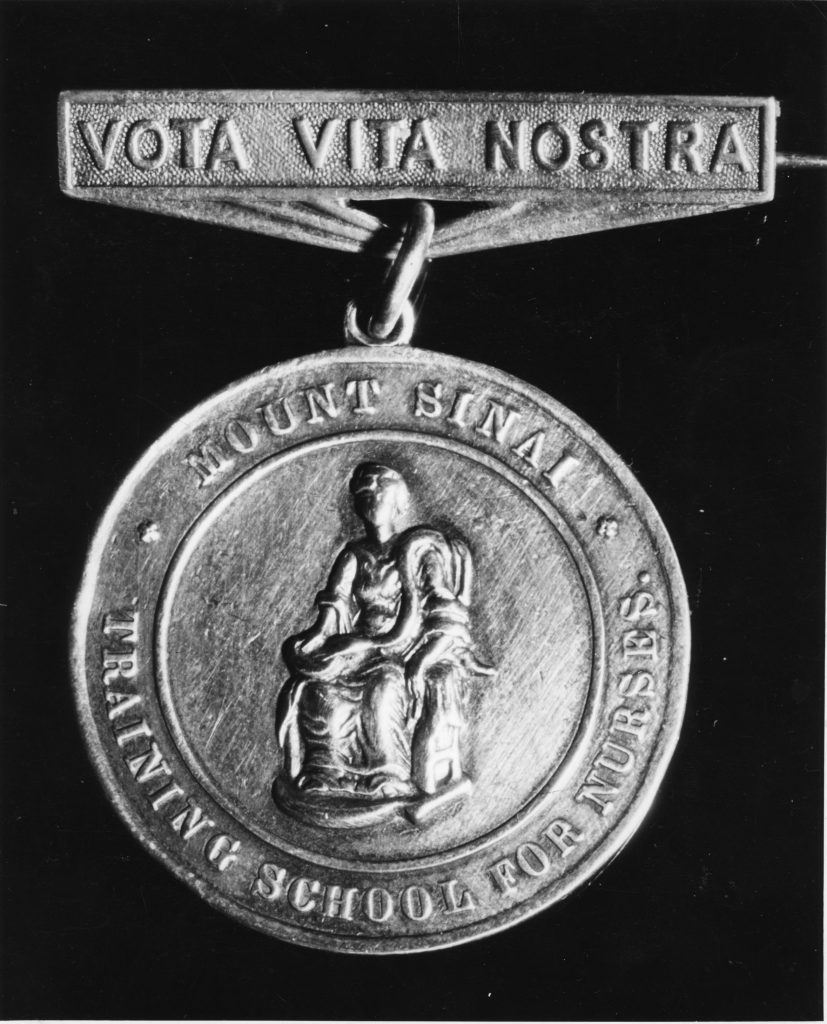
1925 (100 years ago)
To allow for continuous support, The Mount Sinai Hospital created a permanent fund to provide an endowment for research.
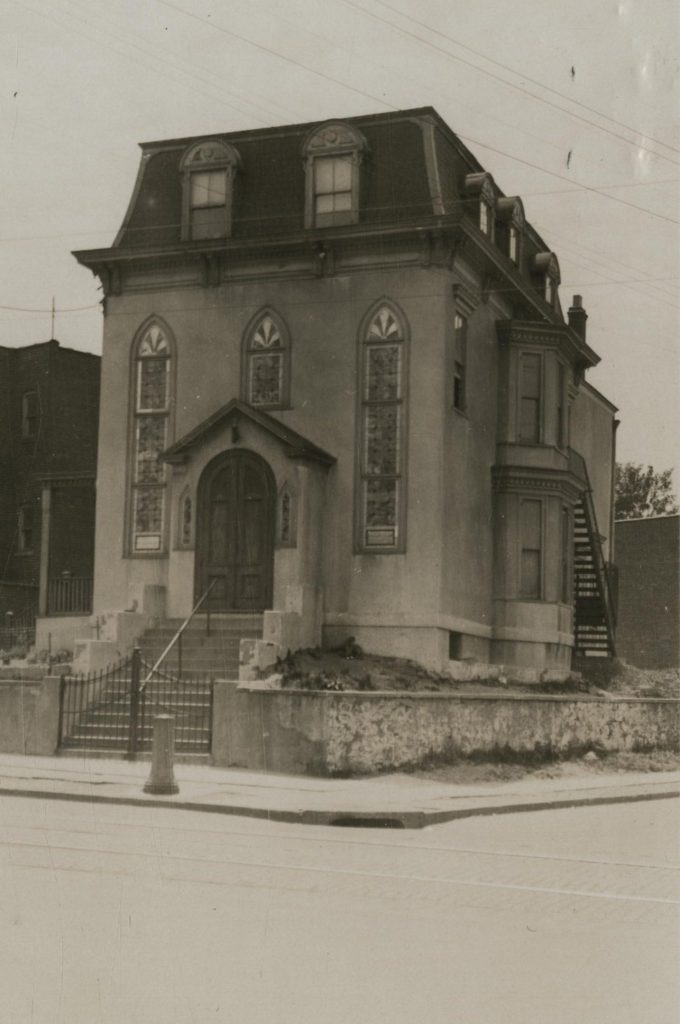
The Daly’s Astoria Sanatorium was founded, which became Mount Sinai Queens in 1999.
Original Daly’s building, circa 1925
Dental outpatient clinic opened at The Mount Sinai Hospital.
1950 (75 years ago)
Roosevelt Hospital (now Mount Sinai West) established its Department of Physical Medicine and Rehabilitation.
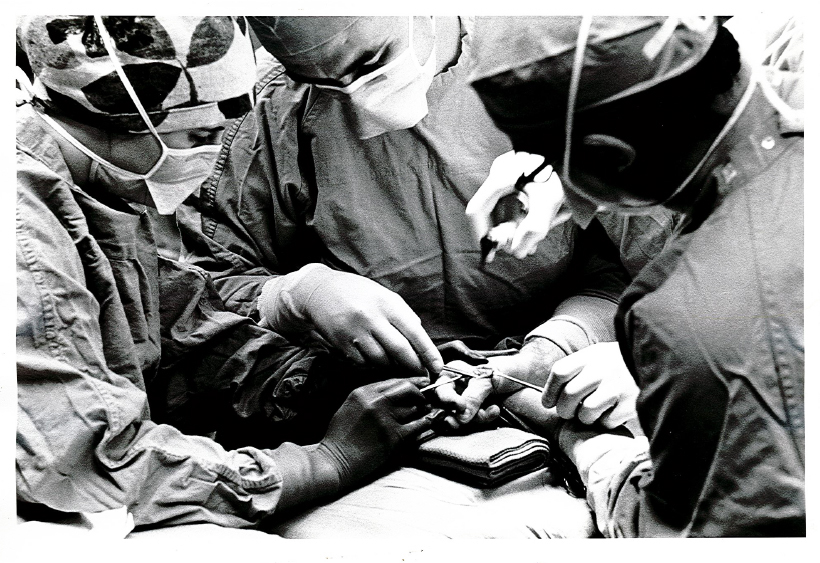
J. William Littler, MD, established hand surgery as the first-of-its-kind service at Roosevelt Hospital.
Hand surgery, 1975
The Mount Sinai Hospital Trustees agreed to staff the health facility at Carver Houses, a public housing project on Madison Avenue across from the hospital.
The Mount Sinai Hospital’s Anesthesiology Department was founded when Milton Adelman, MD, became Director. The residency program, which grew to five residents, replaced all but one of the nurse anesthetists.
Anesthesiology staff, 1957
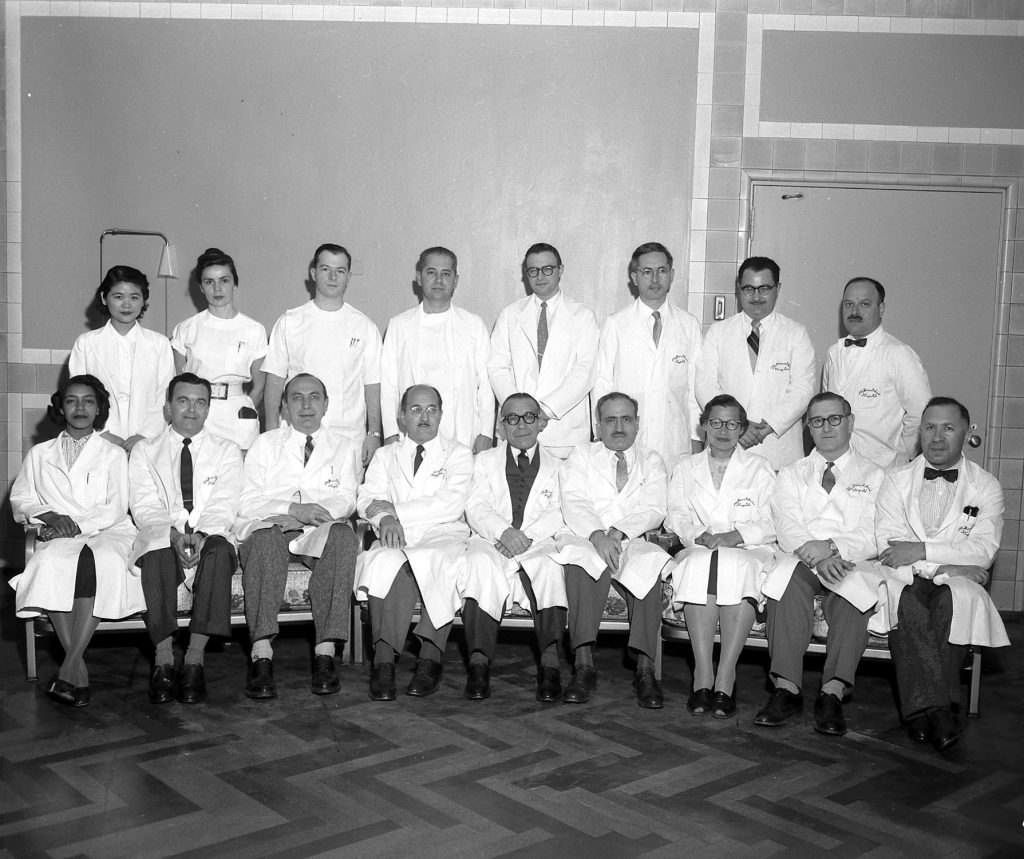
1975 (50 years ago)
A sports medicine program was established by the Department of Orthopedics at Mount Sinai Medical Center under the leadership of Burton Berson, MD.
St. Luke’s Hospital (now Mount Sinai Morningside) opened the first hospital-based hospice program, and second hospice program of any kind, in the United States for the terminally ill, under the direction of Chaplain Carlton Sweetser and Samuel Klagsbrun, MD.
News of St. Luke’s article, 1976 with Dr. Cicely Saunders, known for founding the hospice movement, and Chaplain Sweetser and Dr. Klagsbrun
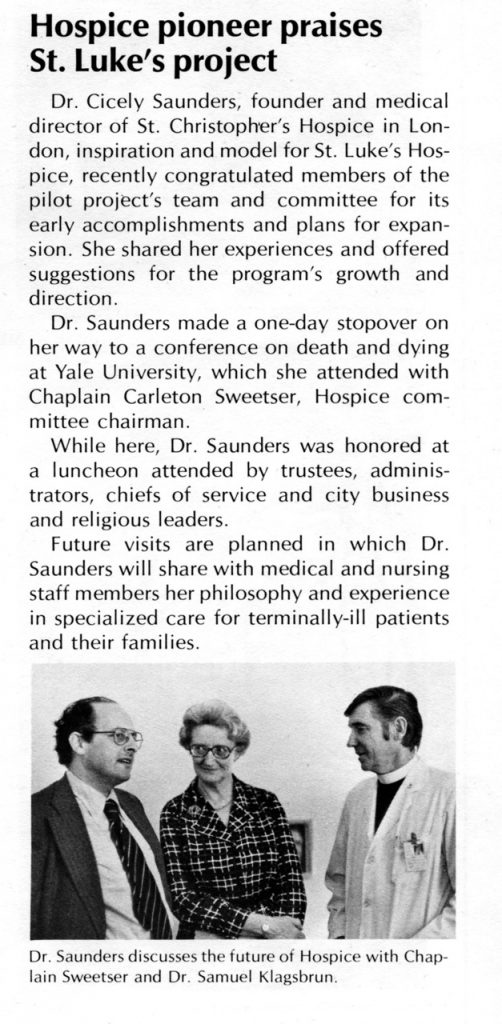
The Institute of Computer Science, led by Aran Safir, MD, and the Department of Biostatistics, led by Harry Smith, Jr., PhD were established at The Mount Sinai Hospital to conduct research, provide training and offer consulting services. Worked on “developing computerized medical consultation systems and consultation networks” and “computer-based health care delivery systems.”
The Mount Sinai Hospital School of Continuing Education in Nursing was formed using the charter of the recently closed The Mount Sinai Hospital School of Nursing. The first classes were held in 1976.
The Radiology Department at the Mount Sinai Medical Center (now the Mount Sinai Health System) received a new Delta scanner, allowing it to do CT scans for the first time.
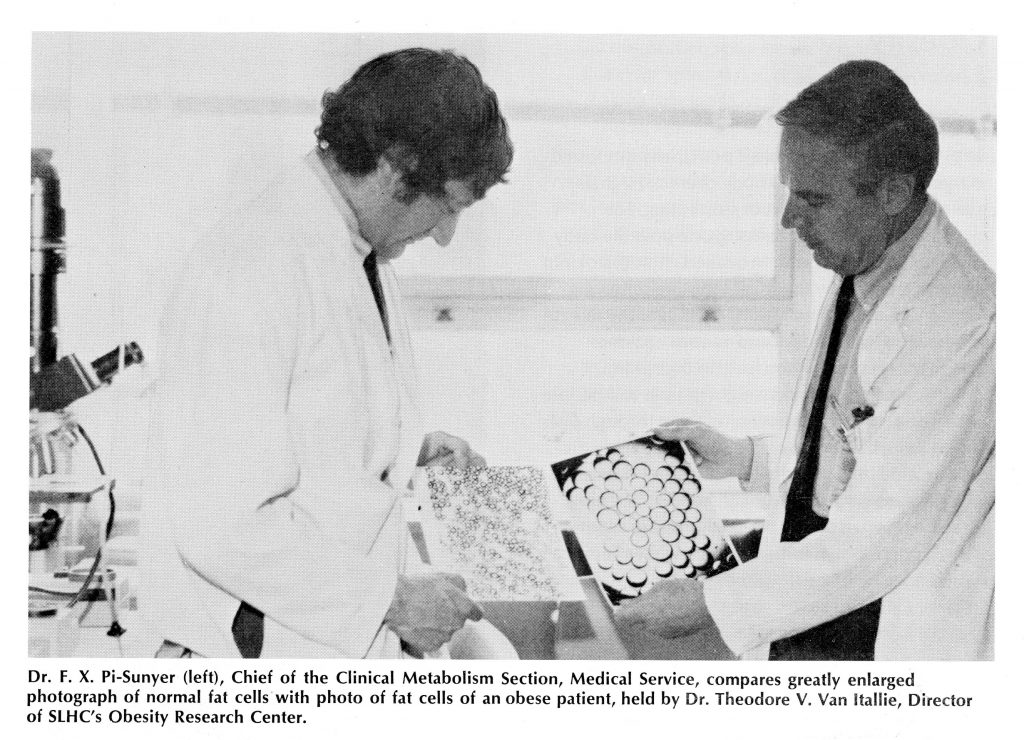
St. Luke’s Hospital created the first National Institutes of Health-funded obesity research center under Theodore B. Van Itallie, MD.
Photo from News of St. Luke’s, 1977 showing Drs. Pi-Sunyer and Van Itallie
Eugene Friedman, MD, introduced laser beam surgery at Mount Sinai Medical Center using a CO₂ laser knife.
1995 (30 years ago)
Three Internal Medicine residents partnered with one of the nurses at Internal Medicine Associates to start the Mount Sinai Visiting Doctors Program, one of the largest and most recognized home-based primary care programs in the country. Last year we recognized that it had been 140 years since the Mount Sinai Hospital Board of Directors approved the creation of “Outdoor Visiting Physicians” in 1884.
Drs. David Muller, Laurent Adler, and Jeremy Boal, circa 1996
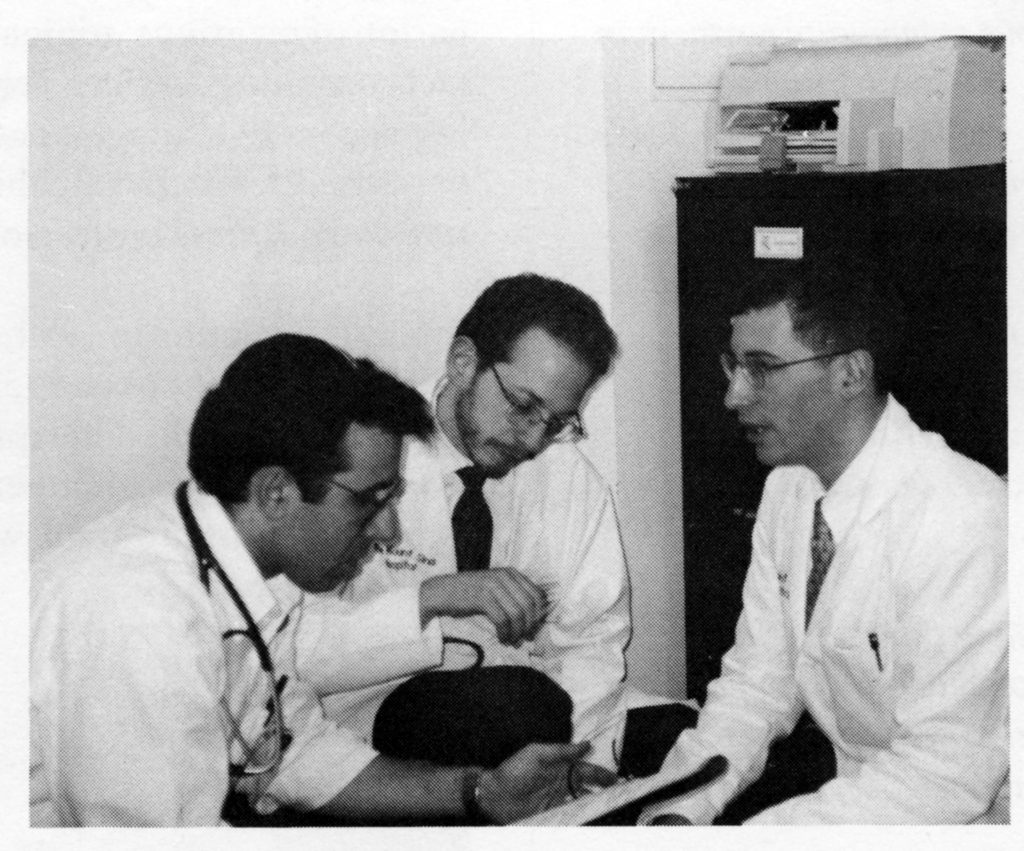
The Mount Sinai School of Medicine (now the Icahn School of Medicine at Mount Sinai) Consortium for Graduate Medical Education (GME) was established with the assistance of a two-year grant from the New York State Education Department. Barry Stimmel, MD, was named the Dean.
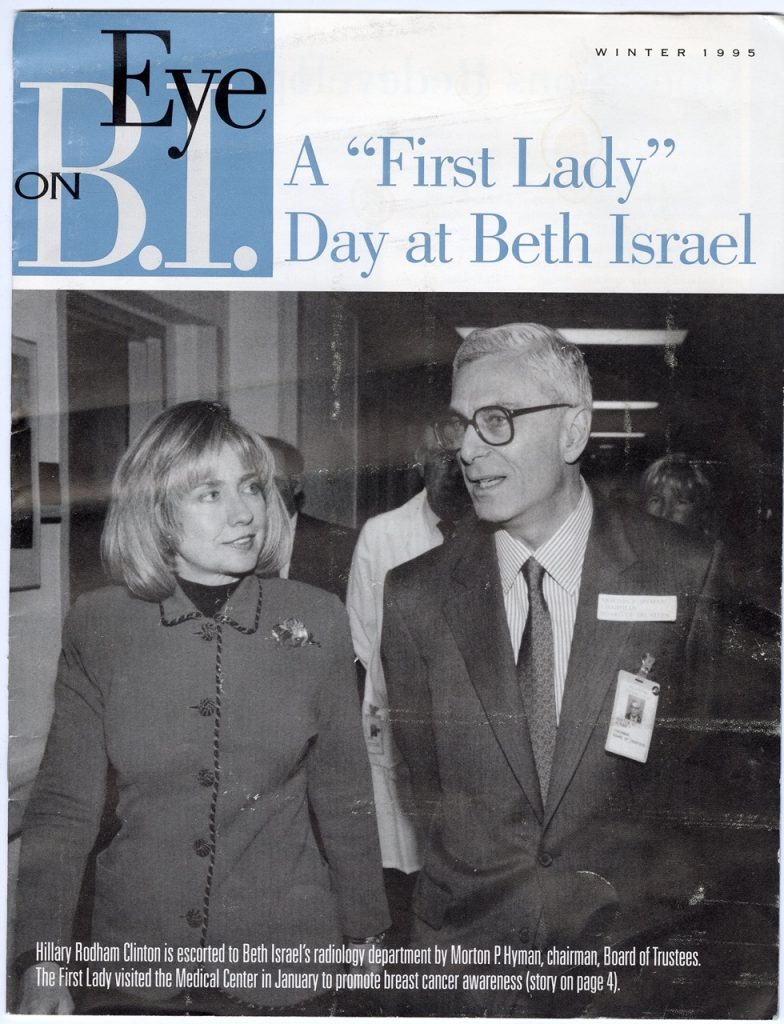
Then-First Lady Hillary Clinton visited the Beth Israel Medical Center (later named Mount Sinai Beth Israel), focusing on breast cancer treatment for Medicare recipients.
Eye on B.I. Winter 1995 issue cover depicting Hilary Rodham Clinton and Morton P. Hyman, then Chairman of the Board of Trustees
The Department of Human Genetics at the Mount Sinai School of Medicine became the first approved residency program in Medical Genetics in the country.
Dr. Christine Eng looking at DNA sequencing gel, 1993
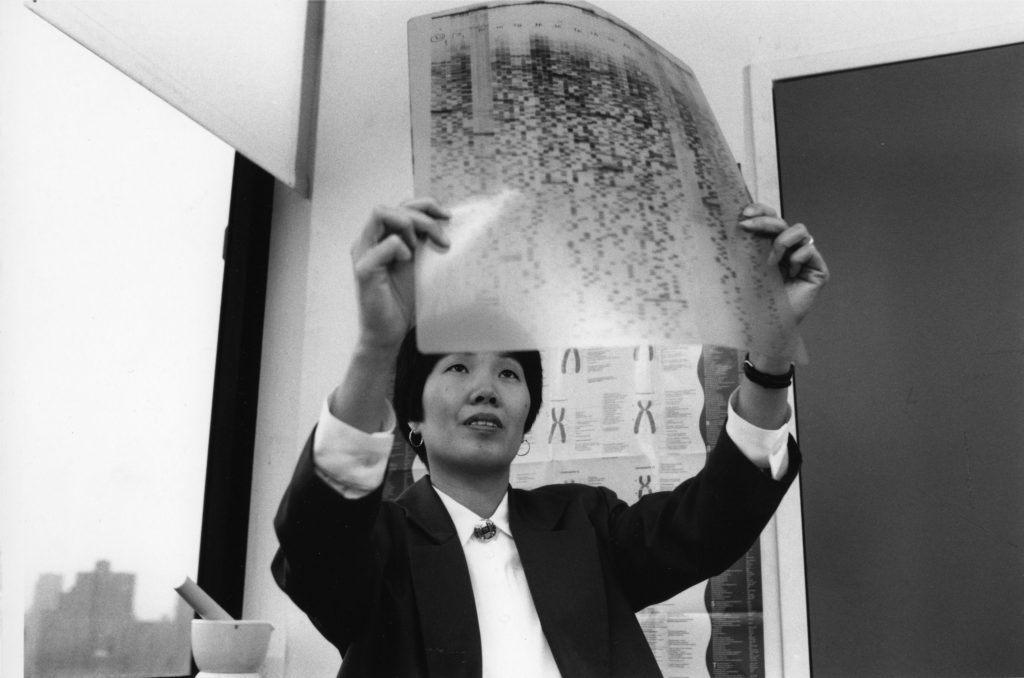
New York Eye and Ear Infirmary established New York City’s first hospital-based hearing aid dispensary.
Alex Stagnaro-Green, MD, Dean of Student Affairs, founded the Office of Research Opportunities for students of Mount Sinai School of Medicine.
2000 (25 years ago)
The Morningside Clinic, a new home for HIV outpatient services, opened under St. Luke’s Hospital.
The Mount Sinai Hospital Department of Urology announced a new Prostate Health Center endowed by the family of Barbara and Maurice A. Deane.
Mount Sinai Department of Medicine created a hospitalist program.
A Division of Family Medicine was created within Mount Sinai’s Department of Preventive Medicine.
An Integrative Medicine Center for Health and Healing was created at Beth Israel Medical Center.
Mount Sinai Medical Center’s Human Resources Department launched the New Beginnings program as new employee orientation.
The Robert and John M. Bendheim Parkinson’s Disease Center (now the Robert and John M. Bendheim Parkinson and Movement Disorders Center) was established in the Department of Neurology.
Beth Israel Medical Center became the first institution in Manhattan to perform a robotic-assisted cardiothoracic procedure.
2005 (20 years ago)
Researchers at St. Luke’s-Roosevelt constructed a hybrid form of HIV that could be replicated in conventional lab mice, marking the first time non-genetically altered rodents were productively infected with a form of the virus.
Trustee Leon D. Black committed $10 million to Mount Sinai School of Medicine to establish the Black Family Stem Cell Institute. Directed by Gordon Keller, PhD, it integrated research in embryonic stem cells, developmental biology, and adult stem cell biology.
The Beatrix Hamburg Medical Student Training Fellowship in Child and Adolescent Psychiatry sponsored by The Klingenstein Third Generation Foundation, was created in the Department of Psychiatry, offering training programs that expose medical students to the field of Child and Adolescent Psychiatry.
The Mount Sinai Hospital was the first hospital in New York State to use the Berlin Heart pump to keep a little girl alive for two weeks until she received a heart transplant. The pump was still experimental in the United States.
The Mount Sinai Medical Center signed a new agreement with the New York State Nurses Association giving nurses a new starting salary of $68,003.
The Parental Loss and Bereavement Program (The Mount Sinai Hospital), directed by Claude M. Chemtob, PhD, and coordinated by Joan Roth, PhD, was established in the Department of Psychiatry as a new clinical service for parents who lose a child of any age, for any reason, and for surviving siblings.
Mrs. Henry J. (Catherine) Gaisman endows the Catherine and Henry J. Gaisman Division of Pulmonary, Critical Care and Sleep Medicine in the Department of Medicine at the Mount Sinai Medical Center.
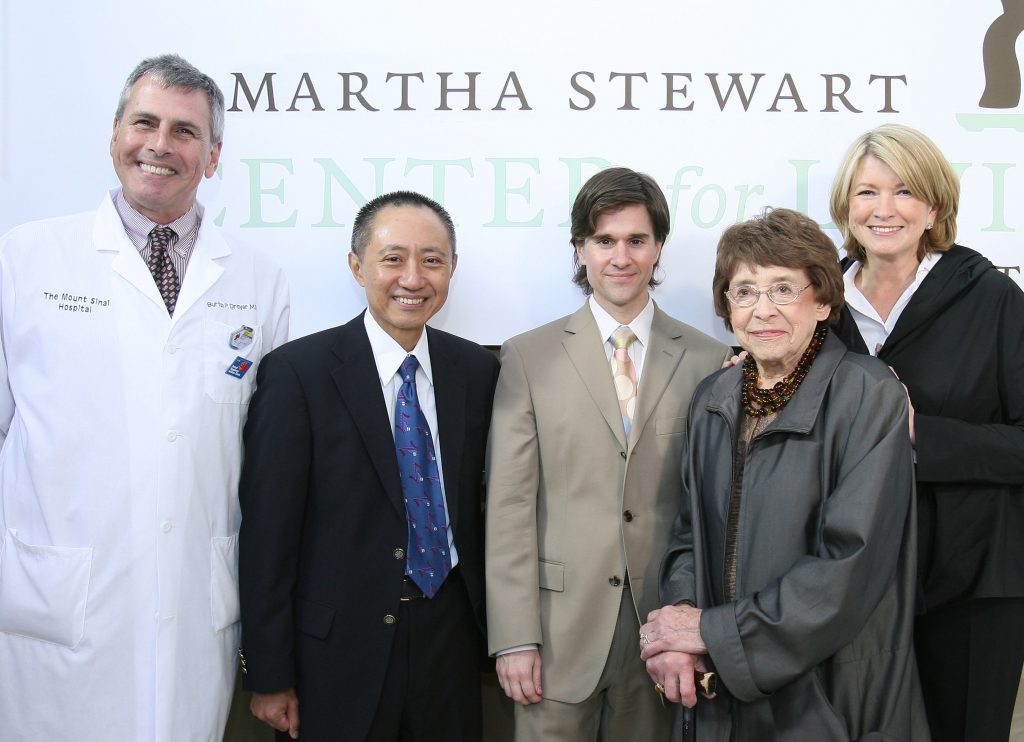
Martha Stewart announced a generous gift to create The Martha Stewart Center for Living at Mount Sinai, a new site for the outpatient clinical practice of geriatric medicine.
Center event with Dr. Burton Drayer (left), Martha Kostyra (2nd from right), and Martha Stewart (right), 2006
The Mount Sinai School of Medicine created the Center for Global Health to focus on the “needs of underserved populations, both at home and abroad.”
The Department of Surgery created a Global Surgical Health program as part of the general surgical residency. See page 10 of this 2008-2009 Annual Report for a description of Global Initiatives in countries such as Peru, Vietnam, and the Dominican Republic.
The Asian Services Program was established at Beth Israel to meet the health needs of the Asian American community by providing easy and seamless access to high quality inpatient and outpatient care to bridge gaps in patient care through extensive community outreach, particularly in Chinatown’s Chinese community.
The New York Eye and Ear Infirmary created the Sleep Center.
2010 (15 years ago)
After a magnitude 7 earthquake in Haiti, Mount Sinai sent a team of 20 to National Hospital in Port Au Prince, which included surgeons, anesthesiologists, nurses, a pediatrician, OR techs, and support staff. Led by Dr. Michael Marin and facilitated by Dr. Ernest Benjamin, the team returned home after seven days, having performed over 120 surgical procedures, helping to establish record-keeping systems, and delivering 4,000 pounds of medical supplies.
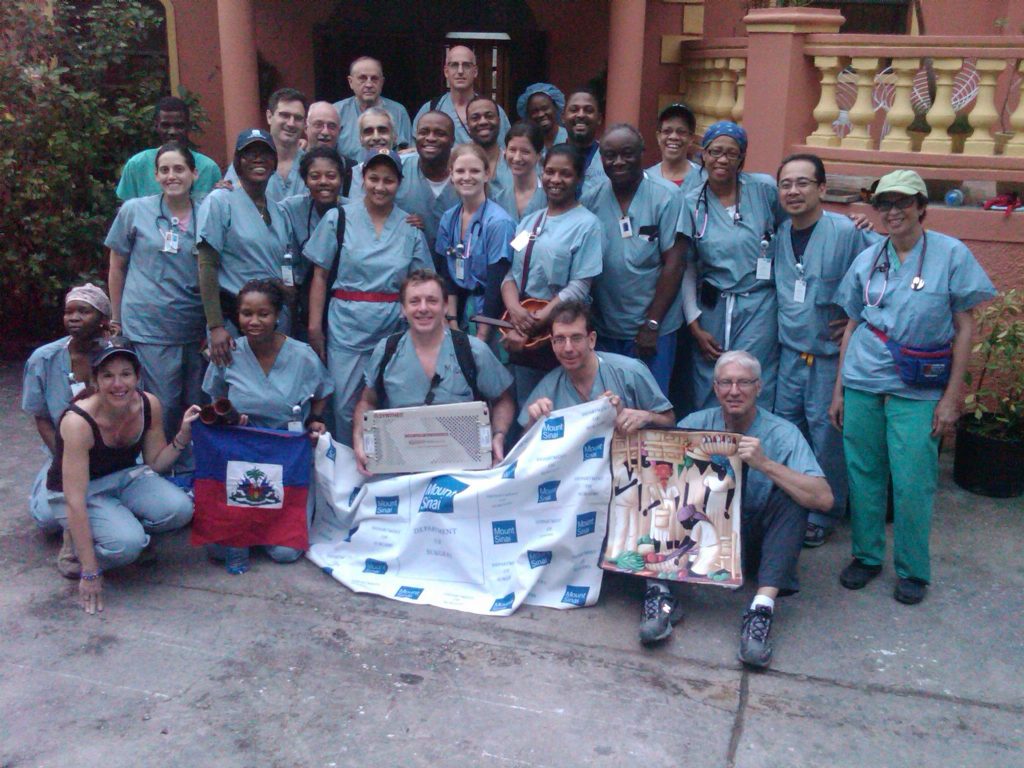
The first Mount Sinai School of Medicine Postdoctoral Symposium is held with Nobel Prize-winning Harold Varmus, MD, as speaker.
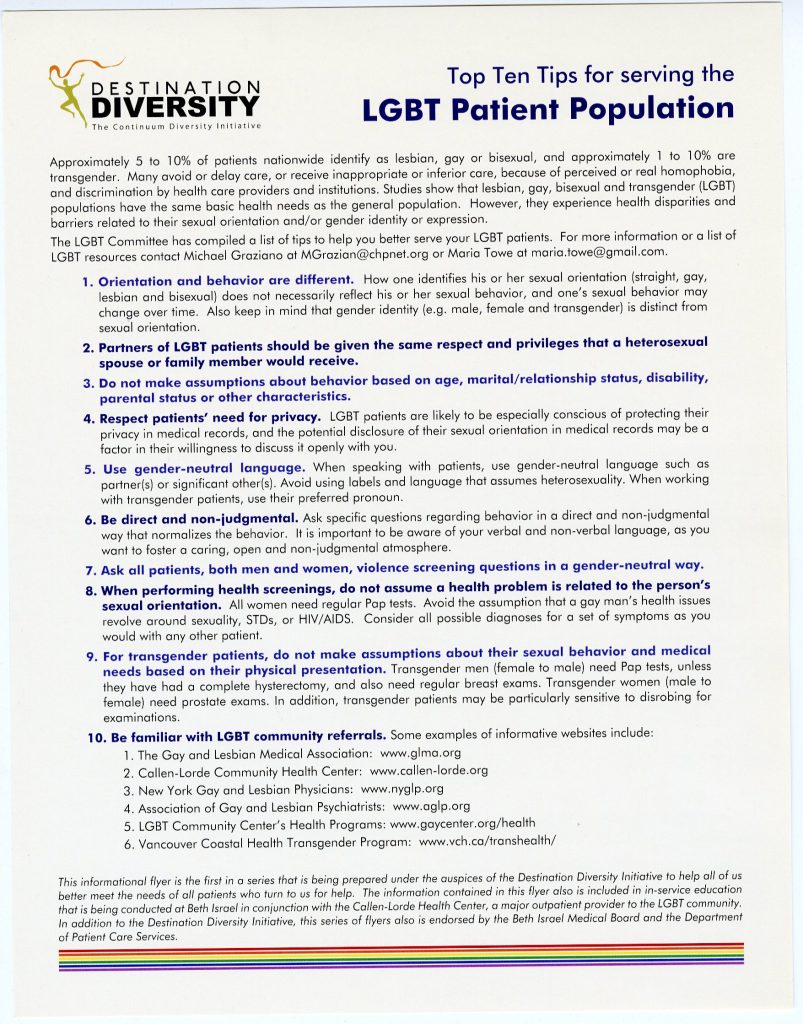
Beth Israel Medical Center was the first hospital in New York City to be recognized as national leaders in LGBTQ Healthcare Equality by the Human Rights Campaign Foundation’s Healthcare Equality Index (HEI).
Top Ten Tips for serving the LGBT Patient Population, circa 2012
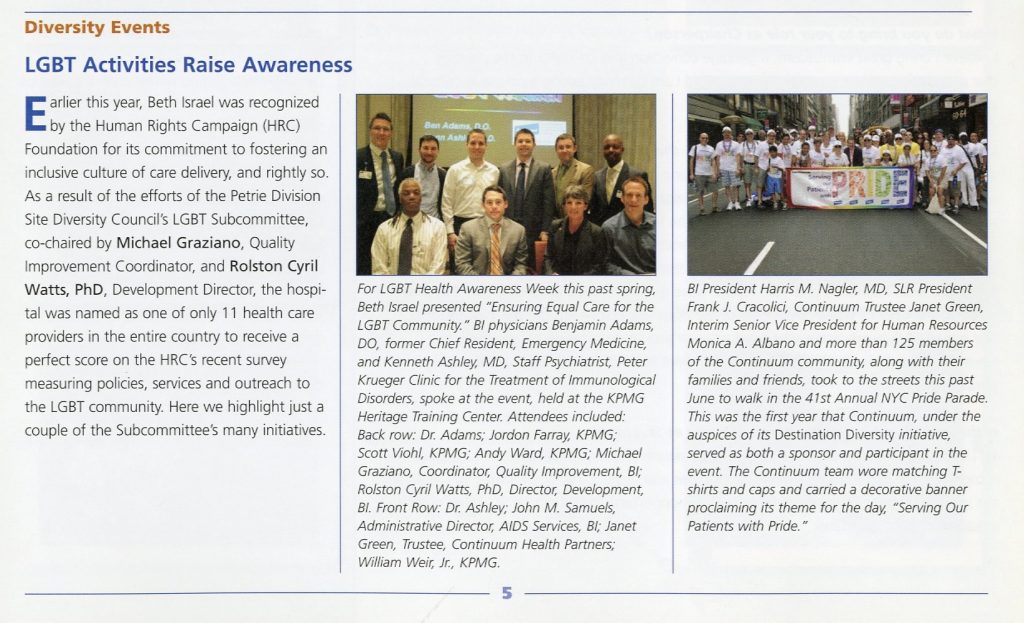
Dianne LaPointe Rudow, DNP, joined Mount Sinai Medical Center to head the nation’s first multi-organ Living Donor Wellness Center.
New York Eye and Ear Infirmary founded The Shelley and Steven Einhorn Clinical Research Center to discover a new generation of treatments and diagnoses for degenerative eye diseases such as diabetic retinopathy, glaucoma, and macular degeneration.
Mount Sinai School of Medicine created the Drug Toxicity Signature Center, with a grant of $11.6 million from the NIH, to develop cell signatures that could be used to predict the effects of certain drugs and drug combinations.
2015 (10 years ago)
New York Eye and Ear Infirmary opened a new state-of-the-art laser vision correction facility as part of comprehensive ophthalmology services offered through the hospital.
The dissolution of The Mount Sinai Alumni, Inc. was approved by New York State. The Alumni relations function was transferred to the Office of Alumni and Development.
The Mount Sinai Health System established The Spine Hospital at Mount Sinai (now Mount Sinai Spine), the first of its kind in New York City.
The Phillips Beth Israel School of Nursing (now Mount Sinai Phillips School of Nursing), previously affiliated with Pace University, offered the entire curriculum under its own New York State Board of Regents accreditation.
The Mount Sinai Health System announced that Mount Sinai Beth Israel Brooklyn would now be known as Mount Sinai Brooklyn. The change was an important part of Mount Sinai Health System’s overall brand strategy, intended to establish a concise, community-oriented identity for our hospital campuses. For a history of Mount Sinai Brooklyn, check out this post.
The Women in Medical Scientist Training Program (WiMSTP), a student-run organization with an aim to advocate for and support the success of women in the Medical Scientist Training Program at the Icahn School of Medicine at Mount Sinai through mentorship and educational efforts, was founded.
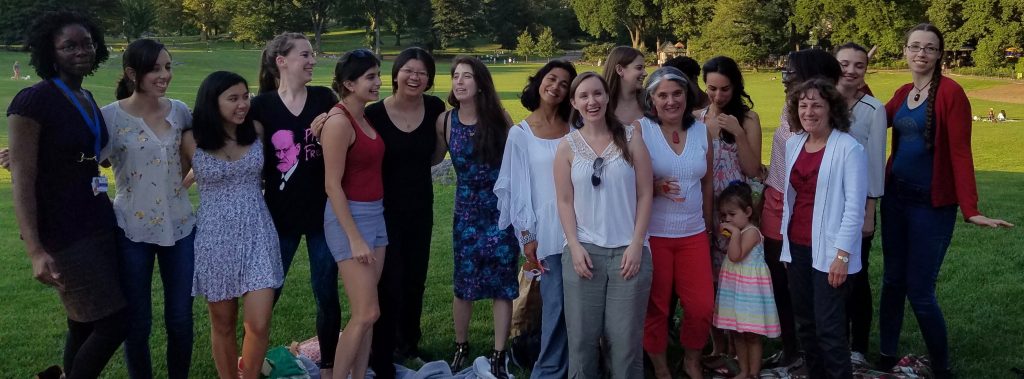
As a result of the activism and advocacy of medical students at the Icahn School of Medicine at Mount Sinai, the Racism and Bias Initiative was launched to explicitly address and undo racism and bias in all areas of medical school, and to center racial justice, health equity, and underrepresented voices and experiences of all medical education colleagues within the Department of Medical Education.
The Mount Sinai − National Jewish Health Respiratory Institute officially opened.
An OncoEndocrinology Clinic was established with Emily Gallagher, MD, PhD, as its first director, to provide evaluations and care for oncology patients.
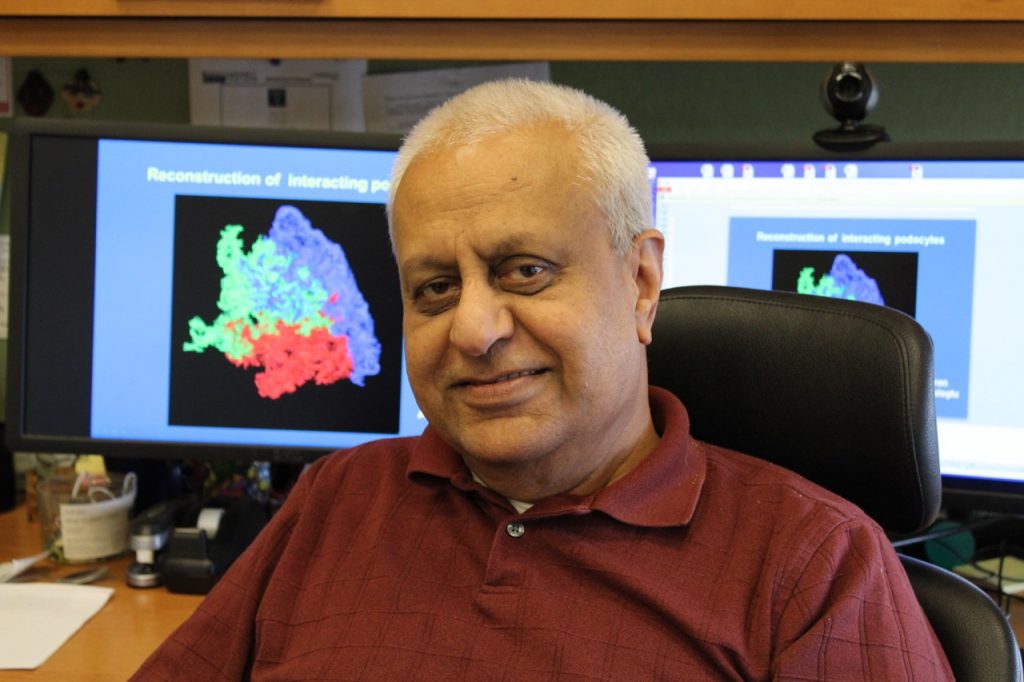
The Icahn School of Medicine at Mount Sinai announced the creation of the Mount Sinai Institute for Systems Biomedicine to develop new transdisciplinary approaches for basic and translational research, facilitating precision medicine. Founding Director Ravi Iyengar, PhD, sought to use convergent approaches to integrate cell biology and human physiology with pathophysiology and electronic medical records using computational models.
Dr. Iyengar at his desk, 2017
The Senator Frank R. Lautenberg Environmental Health Sciences Laboratory in the Department of Preventive Medicine was dedicated in recognition of the late Senator’s tireless efforts to address children’s environmental health concerns during almost 30 years in Congress. The Lautenberg Laboratory brought together a team of physicians and researchers to analyze threats to pediatric health from air pollution and household chemicals, as well as social stressors and nutrition.
The Blau Center for Children’s Cancer and Blood Disease at Kravis Children’s Hospital opened.
Master of Science in Biostatistics program began at the Icahn School of Medicine at Mount Sinai Graduate School Biomedical Sciences.
The Mount Sinai Health System announced the creation of the Institute for Liver Medicine.
Mount Sinai Youth Advisory Council was created to enhance the delivery of care at The Mount Sinai Kravis Children’s Hospital; works with Child Life Program.
Dean Dennis S. Charney, MD, announced the creation of the Center for Spirituality and Health within the Icahn School of Medicine at Mount Sinai. Led by Deborah Marin, MD, the Center develops clinical, educational, and research activities designed to enhance our understanding of the significant role spirituality plays in the prevention of and recovery from physical and mental illnesses.
2020 (five years ago)
The Icahn School of Medicine at Mount Sinai announced the establishment of the Institute for Genomic Health. Eimear Kenny, PhD, was appointed Director of the Institute, and Noura Abul-Husn, MD, PhD, as Clinical Director.
On March 7, Mount Sinai West admitted the first COVID-19 patient in the Health System.
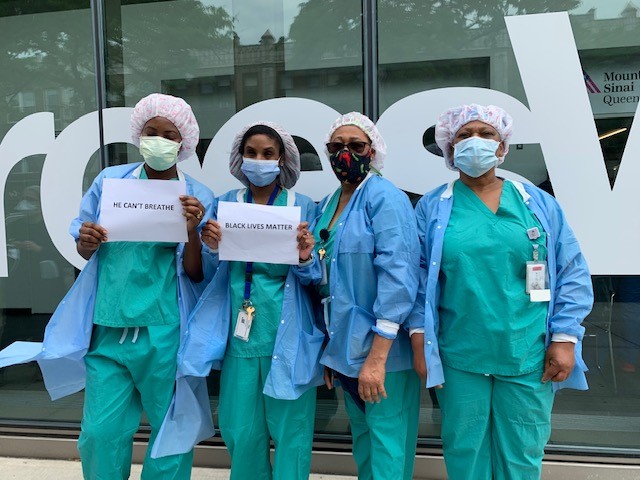
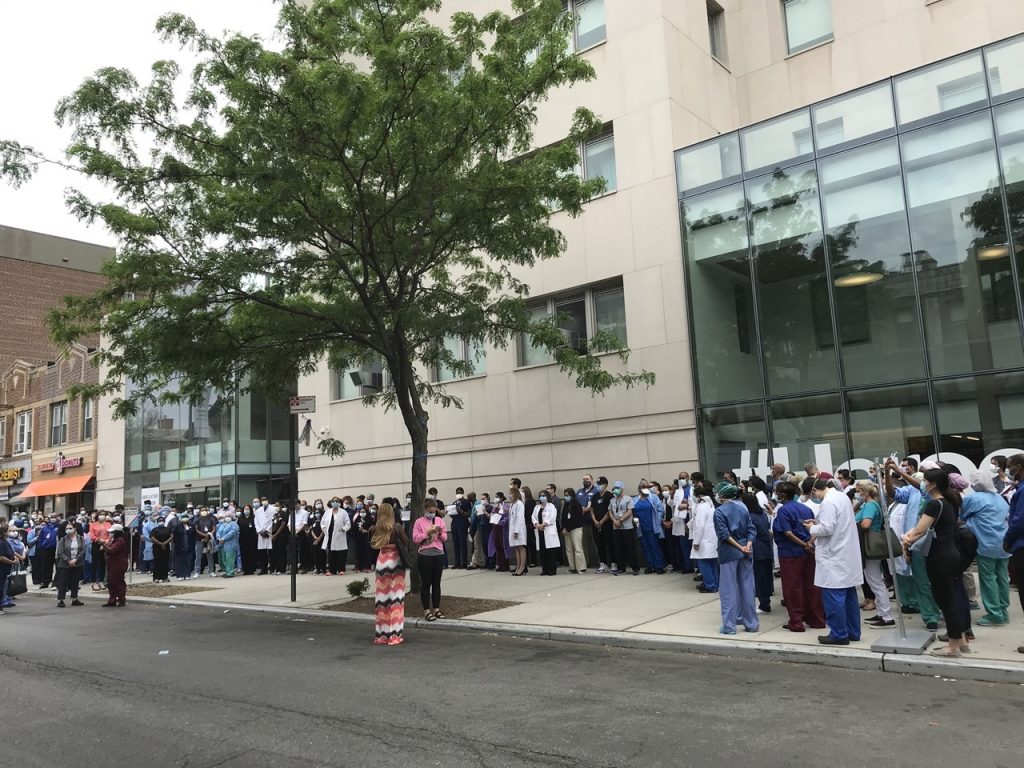
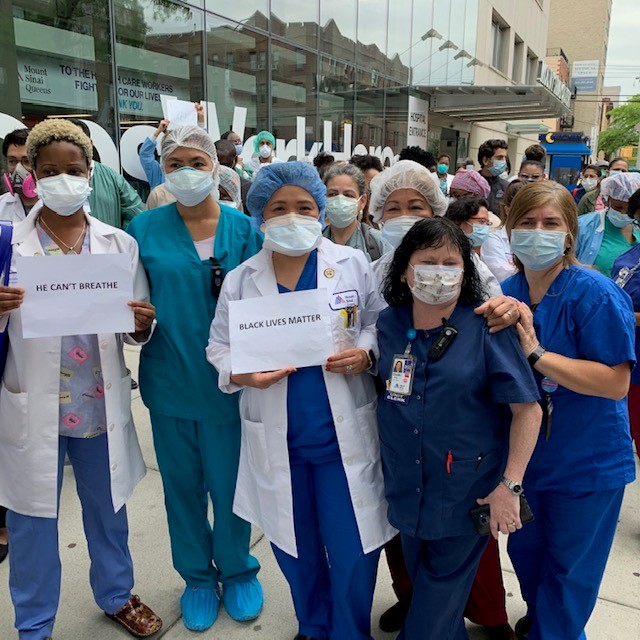
On June 2, 2020, Mount Sinai employees showed solidarity with those protesting the killing of George Floyd at the hands of law enforcement in Minnesota. In a broadcast email, leadership announced “at 3 pm, we will show support for our community; support for our Black colleagues, family, friends, and neighbors; and support for those who are peacefully protesting the killing of George Floyd, and so many others before him. At 3:05 pm, we will begin nine minutes of silence, representing how long Mr. Floyd was unable to breathe. Please follow proper masking and social distancing rules during this event.”
Mount Sinai announced that surgeons performed the first-ever spinal tethering surgery in New York City to correct idiopathic scoliosis—a sideways curvature in the spine—in children and adolescents.
The Icahn School of Medicine at Mount Sinai announced the creation of an Institute for Health Equity Research. The new Institute will be dedicated to examining the causes and magnitude of health and health care disparities impacting nonwhite, low-income, immigrant, uninsured, LGBTQ+, and other populations across all ages, abilities, and genders. Carol Horowitz, MD and Lynne Richardson, MD we named Directors of the Institute.
Emma K. T. Benn, DrPH, MPH, founded the Center for Scientific Diversity at the Icahn School of Medicine at Mount Sinai, an initiative of the Dean’s Office and the Institute for Health Equity Research to foster, develop, and assess empirically supported practices that promote and enhance scientific innovation, diversity, and equitable advancement within the biomedical investigator workforce.
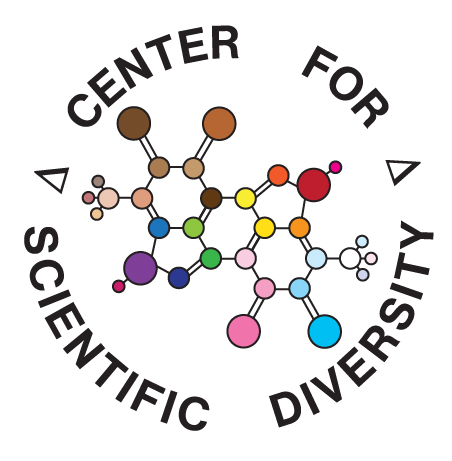

“There are so many changes and incidents that occur in an institution of this magnitude in the course of a year, and which together combine to make the total picture, that it is difficult within the time at my disposal, and within the bounds of your patience, to choose those that will most truly reflect its life.”
From the 1925 President’s address in the Annual Report on page 39
